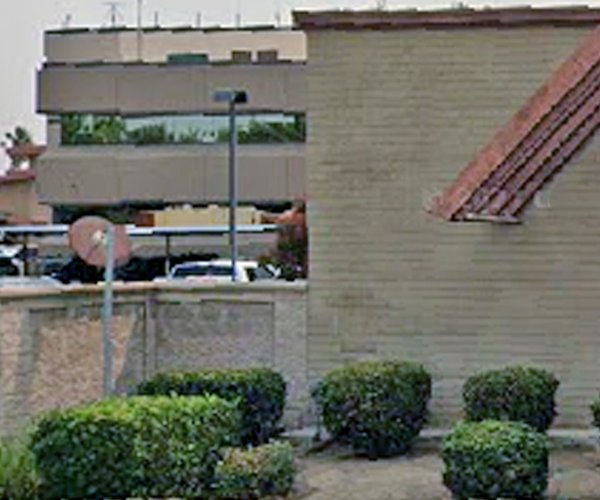(SACRAMENTO) – Californians to Reduce Homelessness, Drug Addiction, and Theft announced last week that in less than 30 days, 214,000 California voters have signed a petition to place the “Homeless, Drug Addiction, Retail Theft Reduction Act” on the November ballot.
“We have seen a record number of voters seeking to sign the petition to place this measure on the ballot – sometimes waiting in line to do so,” said campaign chair Greg Totten who is also chief executive officer for the California District Attorneys Association. “This is consistent with polling that has shown that 70 percent of likely voters support the Homeless, Drug Addiction, Retail Theft Reduction Act. The measure is common sense and injects accountability back into our laws for repeat offenders of theft and for crimes involving fentanyl and other serious drug crimes.”
A survey of likely California voters found that 70 percent of voters support the title and summary of the Homeless, Drug Addiction, Retail Theft Reduction Act.
Further, 89 percent of likely voters support amending Proposition 47 for stronger penalties for those engaged in repeated retail theft and trafficking hard drugs like fentanyl.
The measure also includes incentives to complete drug and mental health treatment for people who are addicted to hard drugs.
It also:
• Permits judges to use their discretion to sentence drug dealers to state prison instead of county jail when they are convicted of trafficking hard drugs in large quantities or are armed with a firearm while engaging in drug trafficking.
• Warns convicted hard drug dealers and manufacturers that they can be charged with murder if they continue to traffic in hard drugs and someone dies as a result.
• Reinstates penalties for hard drug dealers whose trafficking kills or seriously injures a drug user.
• Increases penalties for people who repeatedly engage in theft.
• Adds new laws to address the increasing problem of “smash and grab,” thefts that result in significant losses and damage, or that are committed by multiple thieves working together.
Since the passage of Proposition 47 in 2014, homelessness in California has increased by 51 percent, while it has decreased by 11 percent in the rest of the country. Proponents say it’s because Proposition 47 reduced the legal consequences of both possession of hard drugs (fentanyl, cocaine, heroin, methamphetamine, and phencyclidine), and theft. That has led to massive increases in drug addiction, mental illness, and property crimes, including retail theft, committed by addicts to support their addiction.
At the same time, California has seen a dramatic decrease in mental health and drug treatment for homeless people due to reduced incentives to participate in treatment.
This initiative takes a modest step in the direction of these states by enacting a new class of crime called a “treatment-mandated felony” where prosecutors would have the discretion to charge a felony for hard drug possession after two previous drug convictions. If charged with this “treatment-mandated felony” for a third or subsequent drug offense, the offender would be given the option of participating in drug and mental health treatment. Once the offender successfully completes drug and mental health treatment, the charge would be fully expunged, and the offender would receive no jail time.
If the offender refuses drug and mental health treatment, they would serve jail time for hard drug possession.
For a second conviction of the “treatment mandated felony” (the fourth total conviction for hard drug possession), a judge would have the option of imposing time in jail or state prison.
Along with hard drug and mental health treatment, offenders charged with a “treatment-mandated felony” would be offered shelter, job training and other services designed to break the cycle of addiction and homelessness.
The act, if passed, would allow a thief with two prior convictions to be charged with a felony, regardless of the value of the stolen property. Diversion programs will continue to exist, meaning judges will retain discretion not to incarcerate an off ender even for more than two theft convictions. But prosecutors will have the ability to bring felony charges against hardened, repeat offenders who continue to engage in theft. Judges will have the discretion to sentence a repeat offender to jail in appropriate cases, or to state prison if an off ender is convicted four or more times of theft.
This proposition also authorizes judges to exercise their discretion to impose an enhanced penalty when an offender steals, damages, or destroys property by acting together with two or more offenders or by causing losses of $50,000 or more. By permitting discretion in these scenarios, judges will be able to fashion sentences that are appropriate for the crime committed, including so-called “smash and grabs” committed by mobs or large groups of people working together.
The survey was conducted online from Nov. 8-13, with a margin of error of plus or minus 2.28 percent.
To qualify the measure for the November 2024 ballot, the law requires 546,651 valid signatures. The campaign is required to notify the Secretary of State after 25 percent of the signatures from California voters have been collected.
For more information, go to www.CASafeCommunities.com.





